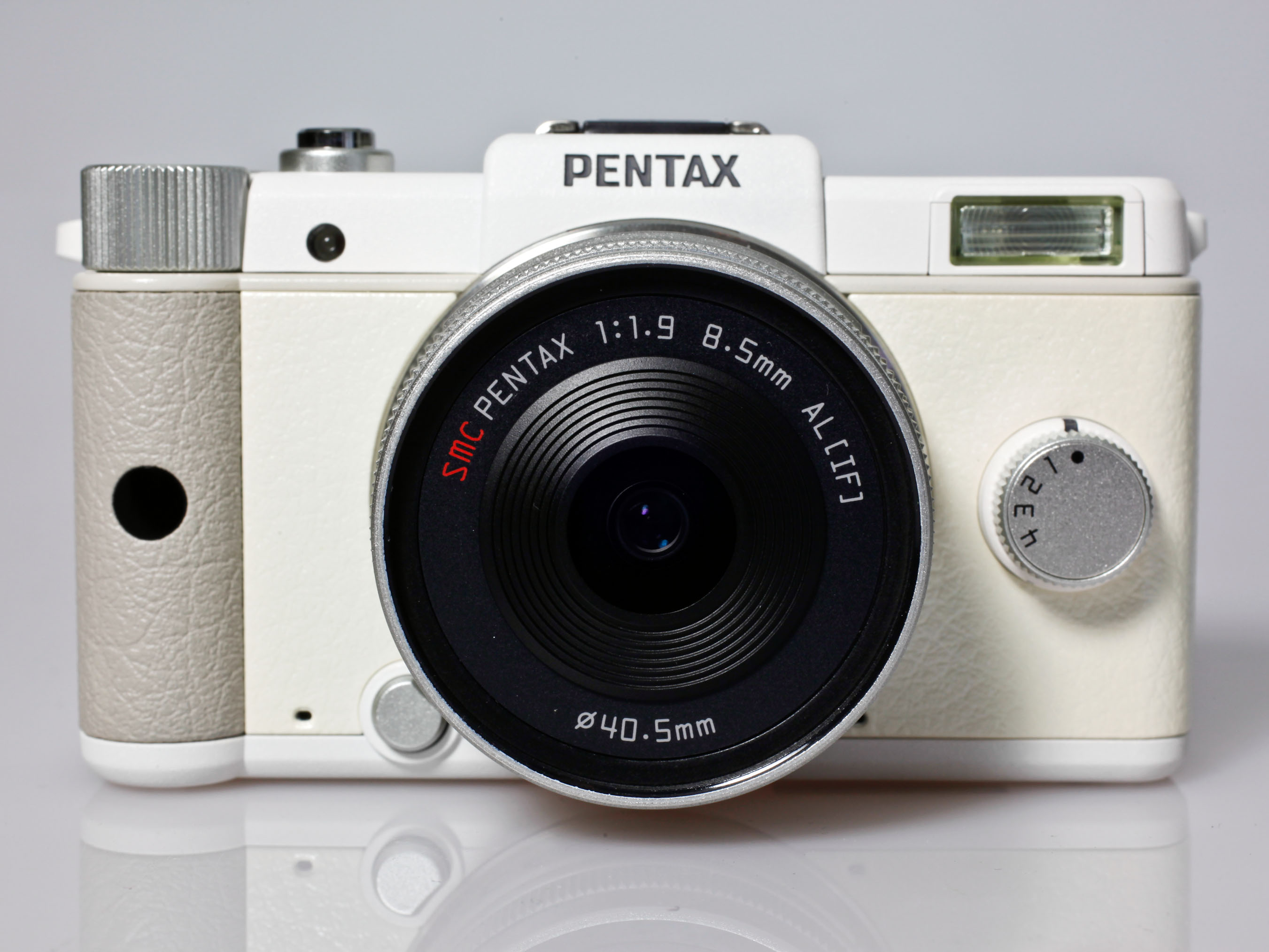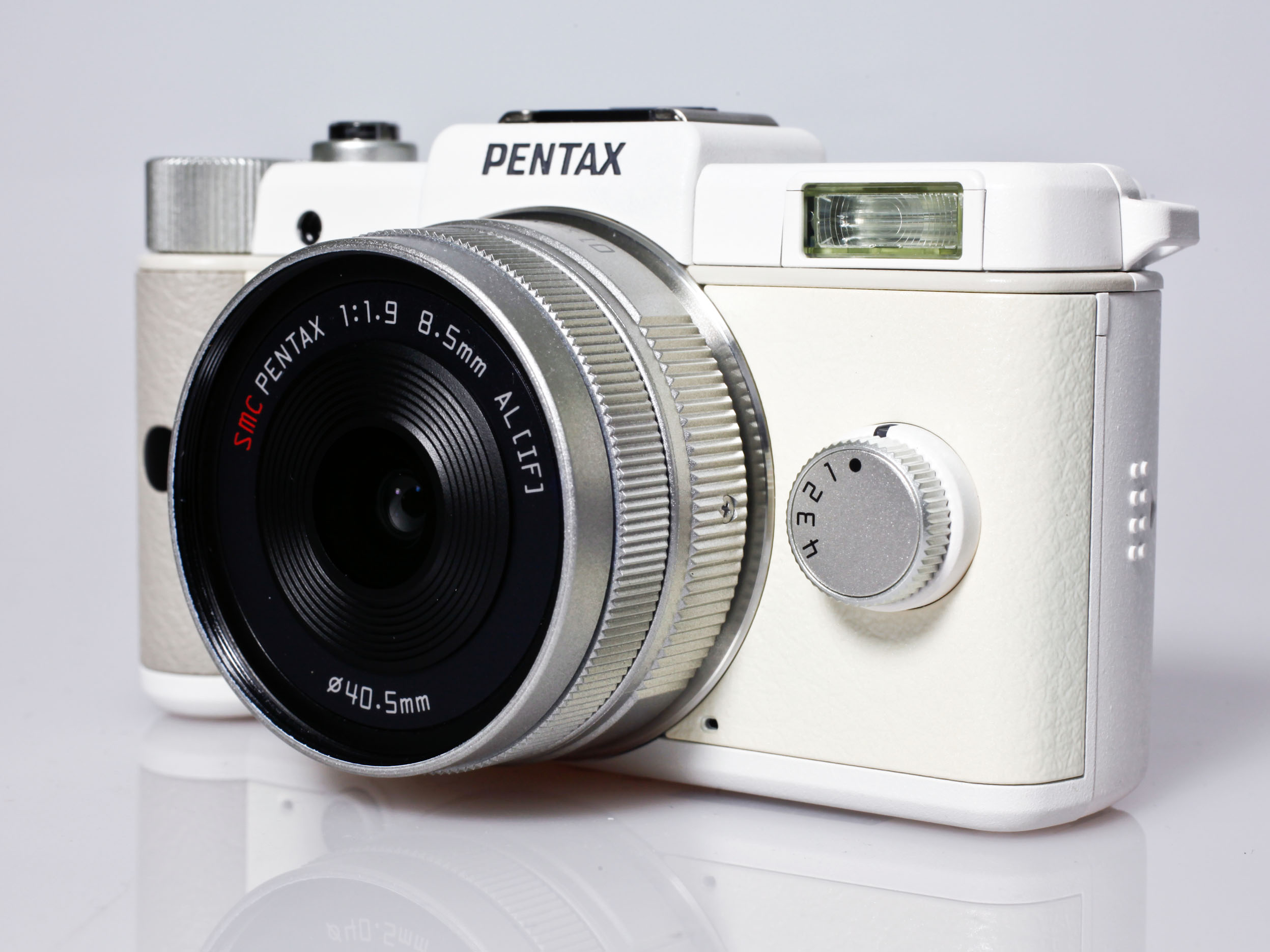TechRadar Verdict
Pros
- +
Excellent build
- +
Stylish retro design
- +
Standard flash hotshoe
- +
Well designed built-in flash
- +
Compact size
Cons
- -
Slow AF in low light
- -
High price
- -
Only a few additional lenses
- -
Fiddly buttons
- -
No video button
Why you can trust TechRadar
Not to be outdone by other manufacturers rushing to release mirrorless interchangeable lens cameras such as the Nikon 1 J1 and the Olympus PEN Mini E-PM1, Pentax has stepped into the fray with the Pentax Q, which is currently the smallest and lightest camera body that will accept interchangeable lenses.
Designed completely from the ground-up, the Pentax Q sports a new lens mount and currently offers no support for legacy Pentax lenses. To create such a compact design, the image sensor is much smaller than those found on other interchangeable lens cameras - such as the Sony NEX-C3 - being a 1/2.3-inch 12MP, rear-illuminated CMOS type, similar to what you may find in many high-end compact cameras.
This small sensor has a crop factor of 5.5x, so new lenses have been devised for the system to provide the popular angles of view we're used to, and the new Pentax Q lens mount is approximately two-thirds the diameter of Pentax's venerable K-mount.
Despite the small dimension of the sensor, the Q offers a wide range of sensitivity settings from ISO 125 to ISO 6400.

With a camera body around the same size as a pack of playing cards, Pentax seems to be attempting to carve a new niche with this little camera. The tiny retro-styled faux-leather clad body and 'Q' moniker are reminiscent of sub-miniature spy cameras of old, even if the design is more miniature range finder than a tool for clandestine photography.
Pentax Q kits with the 8.5mm f/1.9 standard prime lens are available for around £600, or as a kit with an additional 5-15mm f/2.8-4.5mm lens for around £730. These prices seem on the high side for a small sensor camera, so it will be interesting to see if prices drop in time.
Three other lenses are currently available for the Pentax Q - a 3.2mm f/5.6 diagonal fisheye and two 'toy' lenses. These toy lenses have moderate maximum apertures and should produce an effect similar to that of popular Holga or Diana Lomo cameras, with darkened corners and a sharp sweet spot in the centre. These lenses are also quite cheap, available for around £100.
